Sustainable wellbeing and green living
Let's find ways to Flourish!
7 Best Calvin and Hobbes Quotes on the Meaning of Life
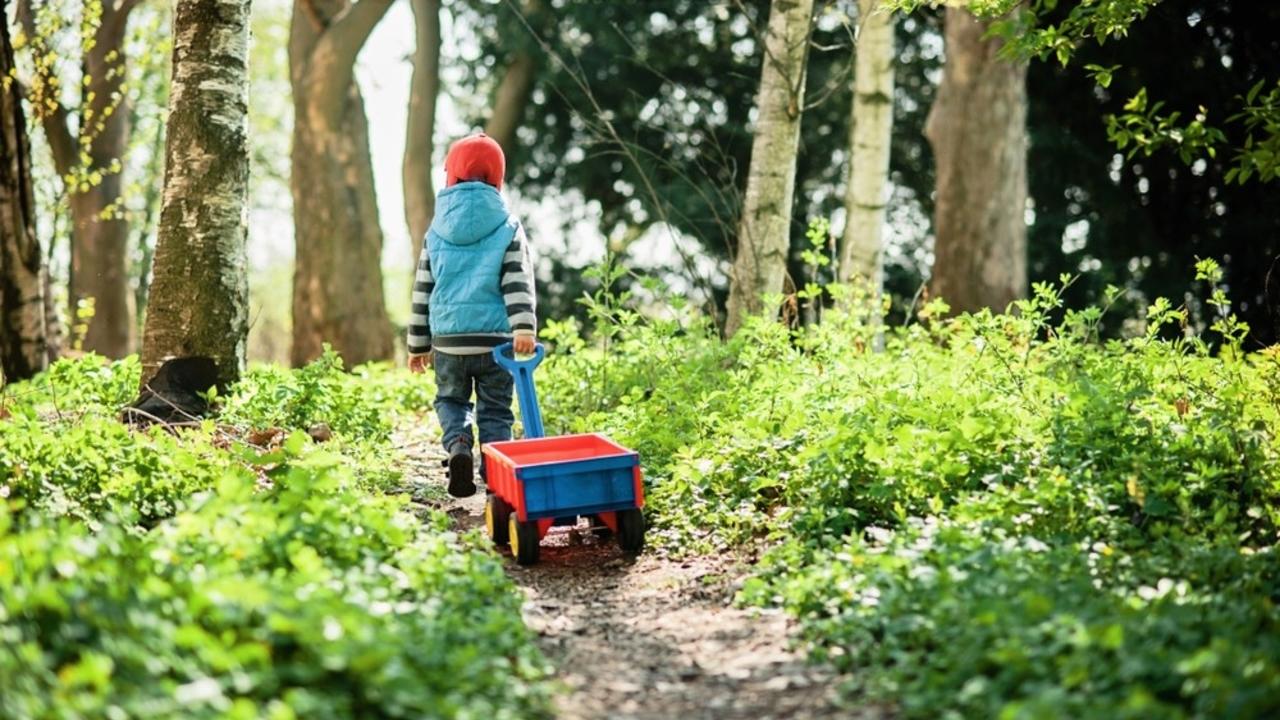
Do you remember and love Bill Watterson’s iconic Calvin & Hobbes comic strip? I know that my husband A.J. and I have long loved the world of the young boy Calvin and his stuffed Tiger, Hobbes. They manage to show us the world as it is - usually as they careen down a hill in a little red wagon or play a vigorous game of Calvin ball.
The insights they bring, even after multiple re-readings throughout the years have helped me sleep better at night and even feel like I can be a better human being.
In case you are unfamiliar with Calvin & Hobbes, the comic strip centres around a six-year-old boy named Calvin and his imaginary stuffed tiger named Hobbes. Together, this inseparable pair makes many observations about life, the state of the world, philosophy, and everything in between!
Calvin & Hobbes was first published on November 18, 1985 and could be found in over 2,400 different newspapers worldwide. Watterson retired in 1995, but his comics and their life lessons remain relevant!
Much...
Ten Ways to Give Eco-friendly Gifts

As holidays, celebrations, and birthdays approach, many of us start to think about what gifts to give our friends and family. Picking out a gift for a loved one is a great way to show them how much they mean to you. That being said, I’m sure you’re well aware that gift-giving can also lead to the purchasing of unnecessary items, create waste, and overall have a negative impact on the environment.
Luckily, there are many ways to give gifts in an environmentally responsible manner! Although you may initially think that green gift giving significantly narrows down your options, there are plenty of ways to give green, and live out your values. Gift giving is also a beautiful way to connect others to new and unique Eco-friendly items and suppliers that they may not have known about. Besides that, it feels AMAZING when the gifts that we receive also help others in need, or help to save an endangered species, or plant trees, or support small Eco-friendly businesses! Wins all around!
If you’...
Are there alternatives to disposable everyday items? Last Object
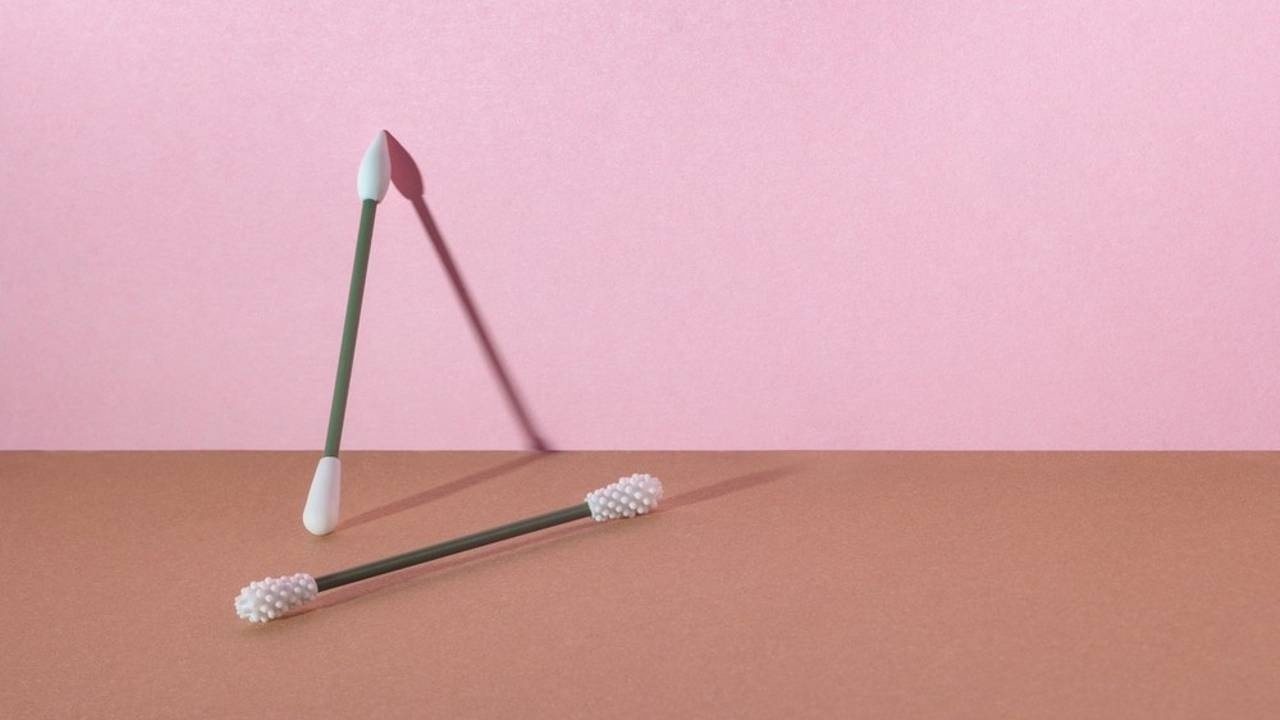
If you were to make an inventory of all the single use items you use on a regular basis, how many items would be on your list? (for a refresher on the impact of single use items, check out this blog post!)
If you were to categorize these single use items, would you find that many of them are personal hygiene/care products? If you answered yes, you’re not alone! These types of single use products can be some of the hardest ones to ditch.

If you are just starting out on your zero/low waste journey you might not even be aware that products like reusable cotton swabs exist. Who would have thought?! On the other hand, you might be finding it difficult to find a reusable personal care product that works for you and your needs. After all, what works best for your favourite low waste blogger may not be as great for you.
Whatever the case, investing in good-quality, sustainably produced, and long-lasting personal care products will help you with your journey towards greener living!
About ...
A better way to do business: DIFF eyewear

When it comes to combining practicality with personal expression, glasses are one of those accessories that do both, but what about social impact? Can they accomplish all three? DIFF eyewear is trying to.
In the case of prescription glasses, not only are they necessary for your vision, but they are a fun way to spice up your look and express your personal style, and sunglasses are a fun way to add a little extra something to your outfit while staying safe in the sun.

Now, wouldn’t it be great to purchase your glasses from a company whose social mission is great as well? DIFF Eyewear is an eyewear brand with a high social accountability track record, that I thought you should know about. It is impressive what they are doing, and you know that I love to highlight social enterprises!
DIFF Eyewear
DIFF Eyewear was founded in 2014 and from the onset, had some ambitious social impact goals. All three co-founders, Zach Gordan, Chad Jernigan, and Chad Dime had already been working in the...
Saving our farmland and wilderness through Brownfield Redevelopment
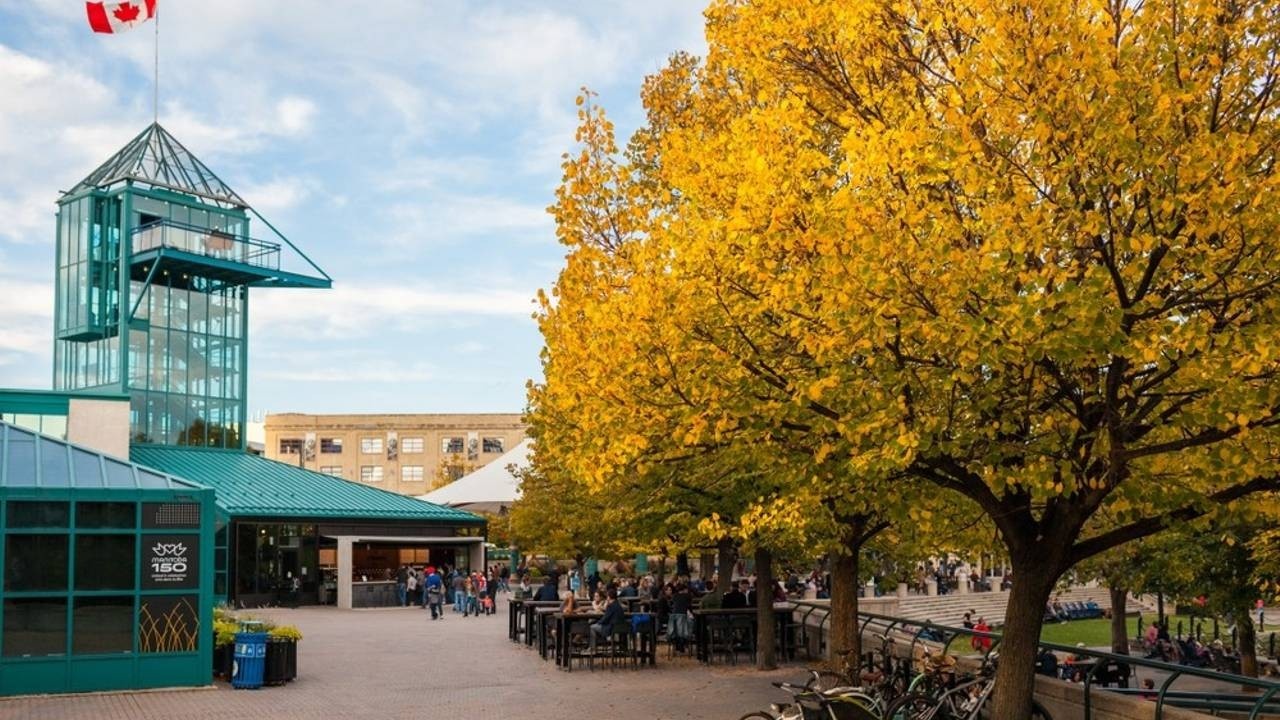
Cities are constantly changing. New buildings get built, old ones get torn down, and land usage changes over time. You may, however, notice certain plots of land that are underutilized and quite frankly – a bit of an eye sore!
If you aren’t familiar with the term already, a brownfield is a commercial or industrial property that is vacant or underused due to past actions and uses that have caused environmental contamination.
Although there are often concerns about soil and groundwater safety due to the threat of contaminants such as hazardous substances, pollutants, petroleum, or other substances, brownfield sites have the potential for redevelopment or other economic opportunities.
Benefits of redeveloping brownfields
Why should we care about redeveloping and revitalizing brownfields in our cities?
For one, brownfields are often located in prime areas of our towns and cities. Not only does this mean that they are unappealing to look at, therefore degrading the overall appearance o...
The no yard needed composting solution: Vermicomposting
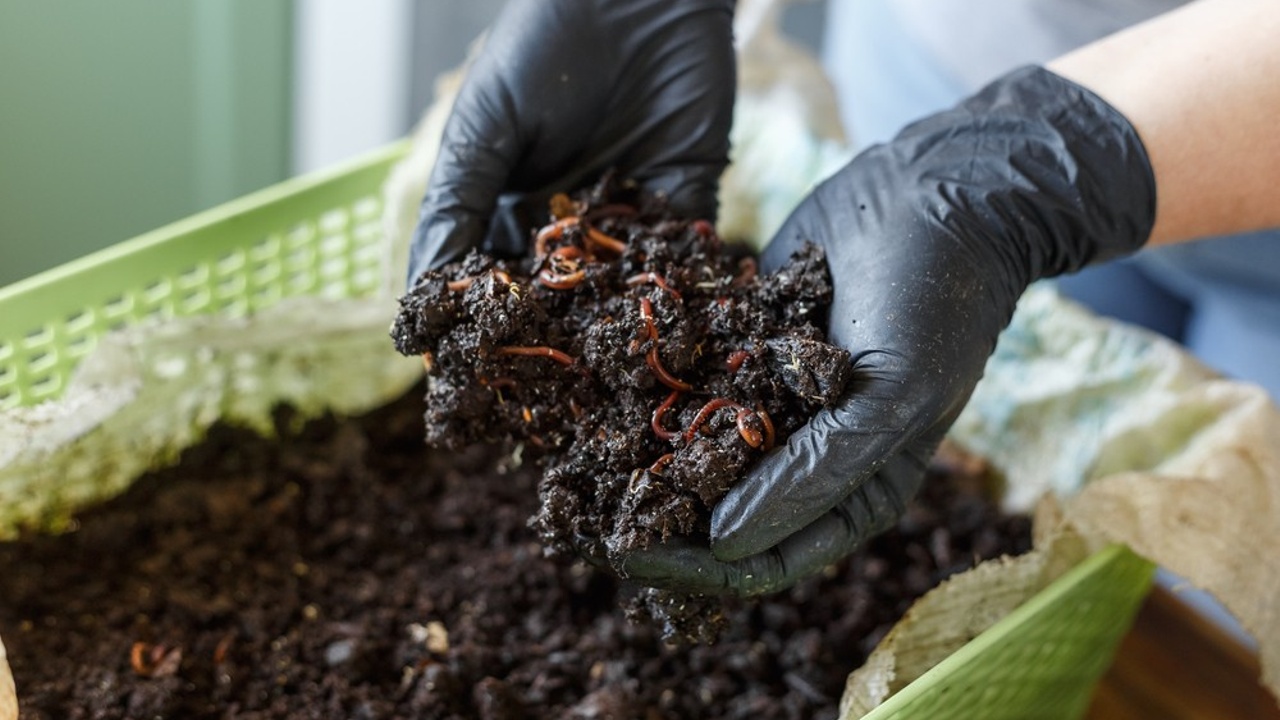
What is the first thing that comes to your mind when you think of composting?
Do you picture a spacious backyard with an outdoor composting bin situated far from the house? If so, I’m here to let you know that the “traditional” method of backyard composting isn’t the only way to compost!
What if someone else – or more precisely something else- could do most of the composting work for you?
Vermicomposting is a method of composting that involves worms! We know that earthworms are important components of soil health, so why not bring them indoors to work some of their magic on your food scraps? Soon enough, you’ll be left with an amazing fertilizer that can be used in your garden or on your houseplants.
Why composting matters
Before we get into the specifics on vermicomposting, here is a quick review of the benefits of composting.
Your food scraps are organic material that should readily decompose in the landfill, right? Wrong! In order for organic material to properly decompose, it...
What are Greenbelts and how can they benefit us?
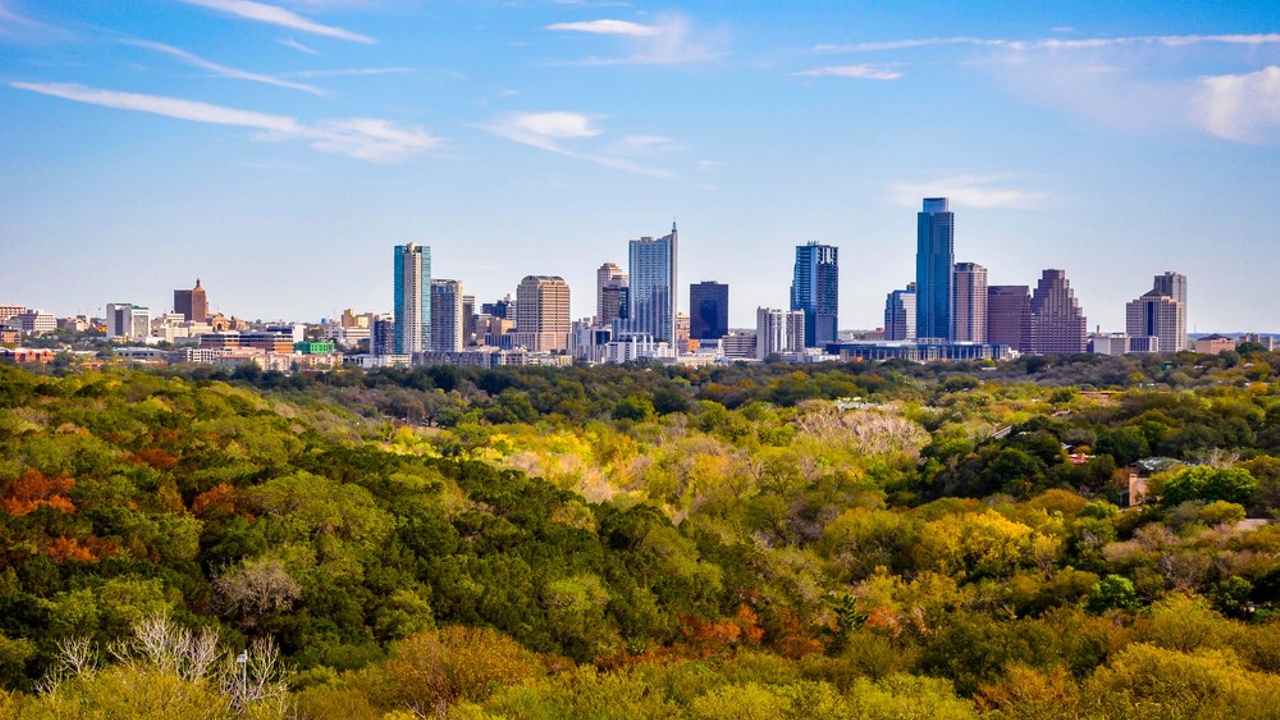
Urbanization has been around for thousands of years. While the earliest cities developed in Mesopotamia, Egypt, the Indus Valley, Northern China, and Mesoamerica, we now see that approximately 85 percent of the world’s population lives in urban areas.
Naturally, as cities grow in size, they take up more space. As we have seen with the rise of suburbia in the 1950s, if left unchecked urban areas can end up sprawling endlessly!
Who wants to live in a city made up of endless concrete, buildings, and houses? Not many! That is one of the reasons why it’s important to have adequate green spaces within and surrounding cities. Contact with nature has shown to have a positive impact on human physical and mental health.
It is also important to ensure the survival and health of our wildlife by preserving their natural habitats and preventing cities from sprawling outwards and using land inefficiently.
One of the ways this can be achieved is through the use of greenbelts!
What is a greenbelt?...
Can Flip Flop Sandals Go Green?

As we seek to find ways to live greener lives, it is time to look at the flip flop sandal. They are incredibly prevalent and as a result have a significant impact on the planet, especially when it comes to plastic pollution! But, there is some progress being made.
While sandals have been around for thousands of years and are thought to have originated as early as 1,500 B.C. in ancient Egypt, the popular flip flop sandal became widely recognized in the United States after World War II. American soldiers brought home the Japanese zori, a type of sandal which inspired the plastic flip flops we are familiar with today.
It is easy to understand why flip flops have become so widespread and beloved by women, men and kids. They are lightweight, inexpensive, often waterproof, and come in a variety of fun colours and designs. This makes them the perfect footwear for warm weather or a day at the beach! Most people have a pair or two in their closets.
These sandals may be a convenient and pract...
How to be Sustainable and Fashionable!
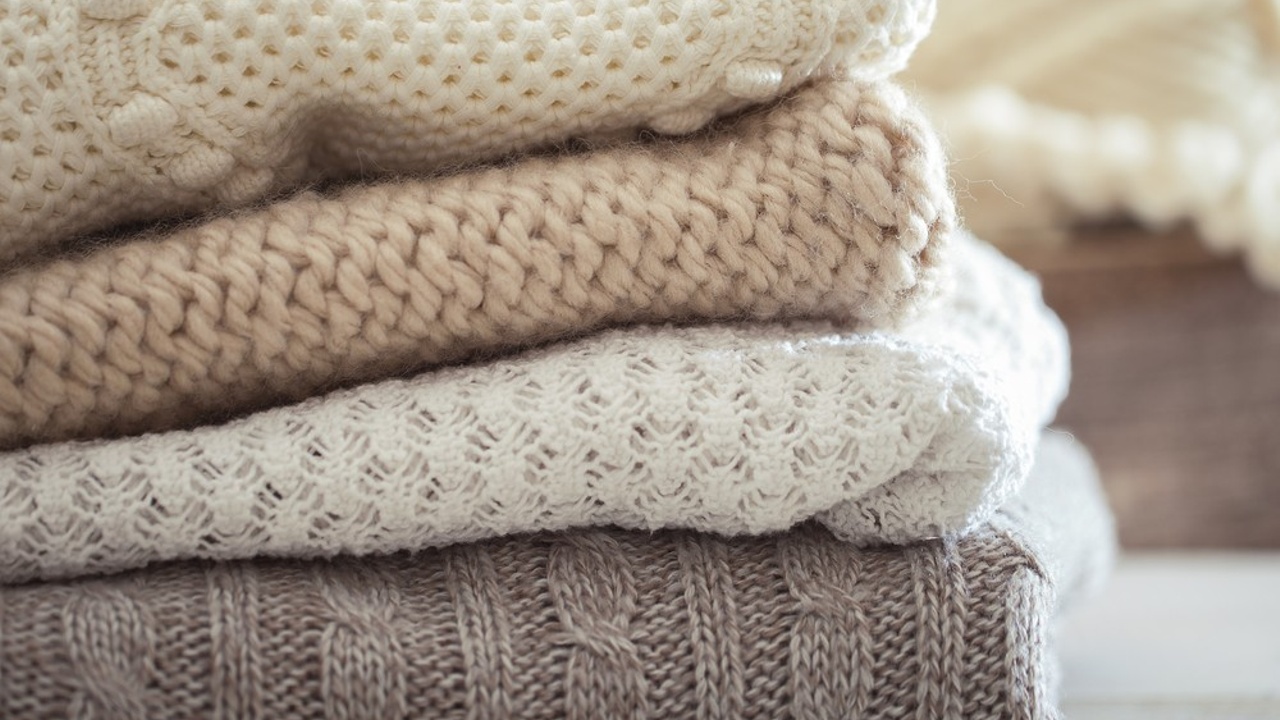
I admit it. I like fashion, well I did before COVID lockdowns meant that I wear the same darn outfit for an entire week - OK, season, because there is nowhere to go!
Sure, clothing is an essential part of our everyday lives, but it is also a way of expressing ourselves and our values. The clothing you wear impacts the way you are perceived by others, and it can be creative and fun. But, how do we reconcile fashion or even just the necessary clothes that we wear when it comes to the impacts of the fashion industry?
The issues with fast fashion
Purchasing clothing items that align with your sustainability goals can be difficult due to the fact that the fast fashion industry is responsible for a large percentage of today’s clothing production.
Fast fashion clothing items are often made with cheap, synthetic materials, and poor construction. These types of clothing have a very limited lifespan, as they tend to get worn out and fall apart with use. Once sent to the landfill, these synth...
The Sustainable Wellbeing of Hygge

Did you know there is a word that describes the feeling of coziness and contentment we experience when taking part in our favourite feel-good activities or indulging in the small comforts of life? The Danish word, “Hygge” (pronounced hue-ga) describes exactly that. Hygge can come in many shapes and forms, as it is any experience that you find comforting and enjoyable, and of course, it is not just experienced by the Danes and it is not only for cold winter climates!
Hygge has been recently adopted into the English language and is defined by the Oxford Dictionary as “A quality of cosiness and comfortable conviviality that engenders a feeling of contentment or well-being.”
By including the word hygge in our vocabulary, we are better able to recognize the feeling of hygge, and the activities that make us feel hygge. This can encourage us to make an effort to incorporate hygge into their lives, and foster Sustainable Wellbeing, which is the wellbeing that comes from doing what is good fo...

